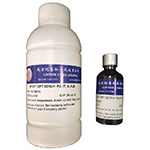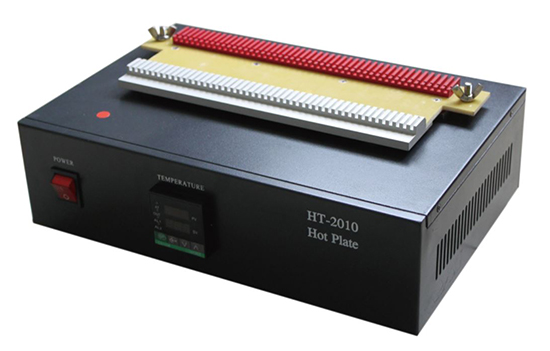Epoxy resin
-

OPT8218 Two-component epoxy, ideal adhesive for bonding optical fibers, metals, glass, ceramics and most plastics. The specifications are similar to 353ND but with lower price.
-
OPT8217 Transparent optical epoxy, two-component, heat curing or room temperature curing; for bonding the lens or glass, optical fiber (glass or plastic) or optical filter of optical display equipment; also good for bonding glass, quartz, metal and most plastics, and the filling of wooden objects during manual repair;
-
OPT8371 Transparent optical epoxy, two-component, heat curing or room temperature curing; for bonding the lens, optical fiber (glass and plastic) or optical filter of optical display equipment; also can bond glass, quartz, metal and Most plastics, and the filling of wooden objects during manual repair;
-
Two-component epoxy thermal conductive adhesive T8109 High-performance inorganic filler mixed with epoxy resin, suitable for bonding heat dissipation modules, semiconductors, medical and optoelectronic devices. Used for bonding electronic components, with good operability and insulation. Suitable for automatic dispensing equipment, screen printing or manual gluing.
-
Low halogen and high temperature resistant epoxy adhesive OPT8228 The low-halogen epoxy resin produced by the special process is the raw material, and the special formula is specially tailored to meet the electronic industry that needs low-halogen requirements! FibKey 8228 is a two-component high temperature resistant epoxy resin adhesive, suitable for substrate bonding, filling, potting and coating in various industries such as electronics, semiconductors, hybrid circuits, and medical.
-
Special glue for stainless steel bonding 8351-2 FibKey 8351-2 is a two-component high-temperature resistant epoxy resin adhesive, especially suitable for bonding difficult-to-bond materials such as stainless steel and Kovac. It is suitable for bonding, filling, potting and coating of substrates in various industries such as optical fiber communications, optoelectronics, semiconductors, hybrid circuits, and medical treatment. After curing, it has excellent chemical resistance, water and moisture resistance. Low volatility, excellent high temperature resistance. Good adhesion to metals, ceramics, plastics, etc. Especially it has excellent bonding effect on stainless steel.
UV glue
-
OPT8580 High temperature and humidity resistant UV glue, suitable for FA bonding and used as "head glue". Ultraviolet curing optical epoxy adhesive specially used for optical components. After curing, it has good bonding properties, resistance to thermal shock and low shrinkage. This product can be cured under UV light source irradiation,
-

Optical fiber connector heat curing furnace It is carefully designed according to the actual needs of optical fiber connector production, and the operation is simple and convenient. The unique horizontal placement design allows the operator to see the actual working conditions at a glance. The curing oven can also be placed vertically to meet different needs. The temperature can be set freely, the temperature can be adjusted automatically, the controllable temperature is 50~200°C, and the temperature control accuracy can reach 0.5°C. The heating power is reasonable, and the purpose of saving energy is realized under the premise of ensuring the required heating temperature.
-

Centrifugal deaerator Before sizing, it is necessary to remove the bubbles in the glue, especially for two-component glue. Because the mixing process will produce more or less tiny bubbles, the centrifugal deaerator LH-4000 came into being. The maximum speed of the defoaming machine can reach 4000RPM, which has been verified by many customers. It is an effective defoaming equipment and is widely used.
-

Automatic dispenser M-1006 Precision control of glue injection used in the production of optical patch cords; production of other optical fiber passive components; Industries such as precision glue injection are needed in the production of electronic and medical components. To Precisely control the injection volume and strictly control the product quality. Reduce production costs and reduce unnecessary waste of glue.